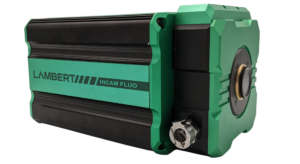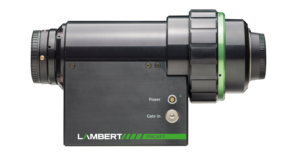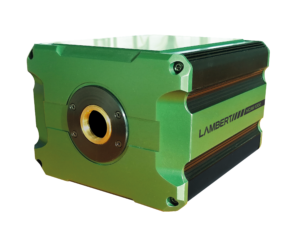< Back
Intensifier Control
High-Speed Cameras: Unveiling Innovation and Applications
High-speed cameras have become indispensable tools across various industries, enabling researchers, engineers, and filmmakers to capture fast-moving events with remarkable clarity and precision. From scientific research to industrial testing and cinematography, they offer unparalleled capabilities, pushing the boundaries of what’s possible in visualizing rapid phenomena. Let’s delve into the world of these cameras, exploring their innovation, applications, and impact across different fields.
Understanding High-Speed Cameras
They are specialized imaging devices designed to capture and record fast-moving events at extremely high frame rates. Unlike conventional cameras, which typically operate at standard frame rates of 24 to 30 frames per second (fps), they can capture thousands, even millions of frames per second, allowing for the detailed analysis and visualization of rapid processes.
Innovation in High-Speed Imaging
Over the years, significant advancements in sensor technology, image processing algorithms, and camera design have propelled the evolution of these cameras. Modern cameras feature high-resolution sensors, advanced image sensors, and sophisticated electronics, enabling them to capture fast-moving objects with exceptional clarity and detail.
Applications Across Industries
Scientific Research:
In scientific research, high-speed cameras play a crucial role in studying dynamic phenomena such as fluid dynamics, biomechanics, and material behavior. Researchers use them to capture and analyze fast processes such as the motion of insects, the behavior of fluids under high-speed impact, and the dynamics of biological systems.
Industrial Testing:
In industrial settings, high-speed cameras are used for quality control, product testing, and troubleshooting. From analyzing the performance of machinery and equipment to assessing the integrity of materials and structures, they provide invaluable insights into the behavior of objects under various conditions.these
High-Speed Cameras

HiCAM Fluo
Cooled High-speed Camera for Fluorescence Imaging

HiCATT
High-speed Intensified Camera Attachment (HiCATT)

HiCAM
Compact lens-coupled image intensifier
Cinematography and Entertainment:
In the world of filmmaking and entertainment, high-speed cameras have revolutionized the way action sequences and special effects are captured. Filmmakers use them to create stunning slow-motion footage, capturing the subtle nuances of movement and expression with cinematic flair.
Emerging Trends and Future Directions
As technology continues to advance, the capabilities of high-speed cameras are expected to expand even further. From increased frame rates and resolutions to enhanced sensitivity and dynamic range, future generations of cameras promise to deliver even greater performance and versatility.
Conclusion
High-speed cameras have emerged as indispensable tools across a wide range of industries, enabling researchers, engineers, and filmmakers to capture and analyze fast-moving events with unprecedented clarity and precision. With their innovation, versatility, and impact, they continue to push the boundaries of what’s possible in visualizing rapid phenomena, driving innovation and discovery across various fields.
For more information click here: https://en.wikipedia.org/wiki/High-speed_camera

